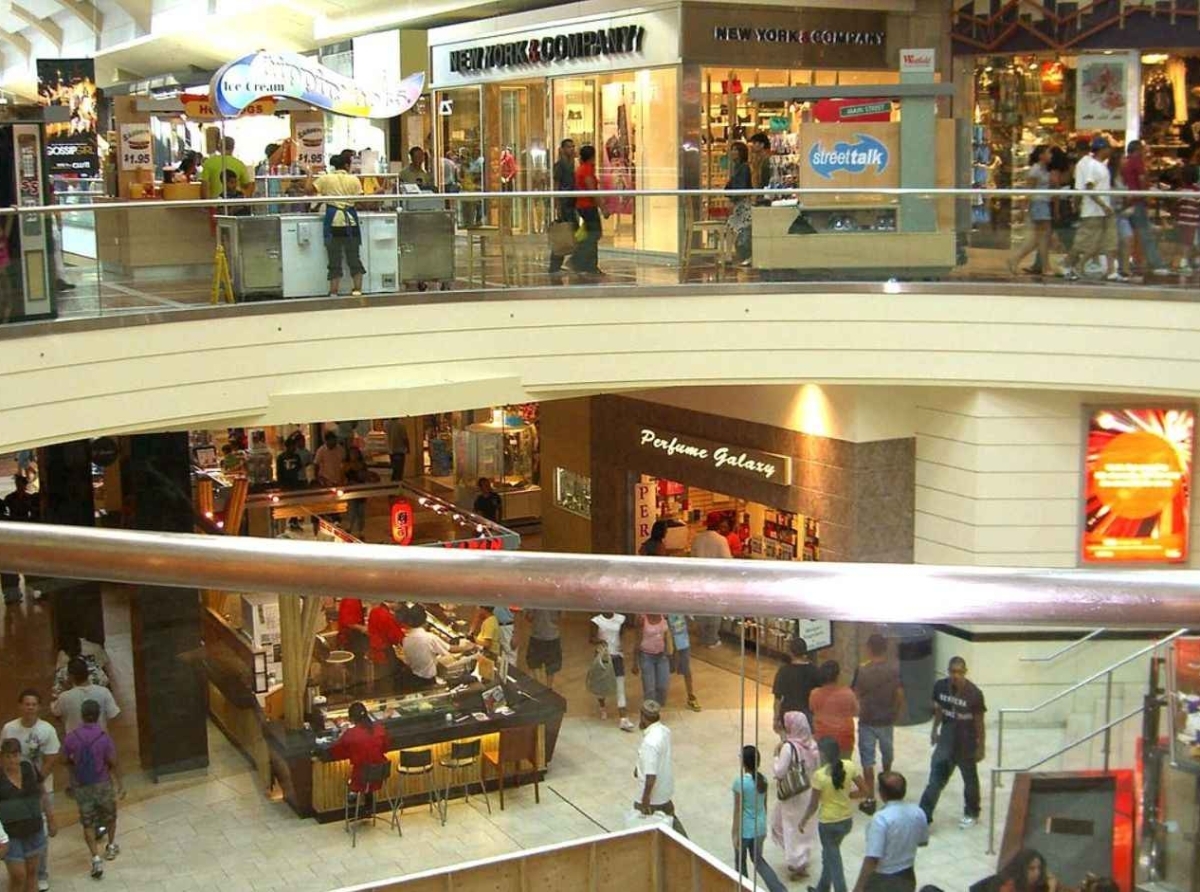Small Town, Big Dreams: Retailers zero in on India's emerging consumption hubs

21 May, Mumbai 2025
Once considered secondary markets, India's Tier II and III cities are rapidly becoming the focal point of retail expansion, say experts.
Stimulated by increasing disposable incomes and deeper digital penetration, these small urban centers are showing a growing appetite for diverse retail offerings, prompting businesses to recalibrate their strategies and tap into their growth potential.
The untapped potential
The growing retail in non-metro India is underscored by several indicators. A recent report by RedSeer Consulting estimates that the online retail market in Tier-II and III cities is growing at a CAGR of over 30 per cent, outpacing the growth in metros. This rise is due to increasing internet penetration and a growing comfort with online transactions among consumers in these cities.
Furthermore, data from a Deloitte India study says the disposable income in Tier II and III cities is projected to rise 40 per cent over the next five years, signaling a substantial increase in purchasing power. This economic growth is creating a fertile ground for retailers across various categories.
Table 1: Online retail market growth (CAGR %)
|
Region |
2023-2028 (Projected) |
|
Tier-I Cities |
20% |
|
Tier-II & III |
30%+ |
|
Rural India |
25% |
Source: RedSeer Consulting Report, May 2025
Tailoring approaches for diverse markets
Experts highlight the need for pointed strategies when venturing into these markets. A blanket strategy that worked in metros is unlikely to yield the same success in smaller cities. Factors such as the specific location within the city, the presence of complementary brands, and a thorough understanding of the local consumer base are proving crucial for sustainable growth. Leveraging digital insights, such as pin code-level sales data from e-commerce platforms, is enabling retailers to pinpoint promising locations with greater accuracy.
Contrary to common assumptions, the operational dynamics in Tier II and III cities present their own set of complexities. While rental costs might initially appear low, the overall profits is contingent on various factors like sales volumes and the cost of maintaining consistent quality in aspects like staffing and store aesthetics, which often remain comparable to those in large cities.
Connecting with local consumers
The most important point to keep in mind while entering these cities is to remain relevant. Retailers are recognizing the importance of tailoring their product portfolios and even store designs to resonate with local preferences and cultural nuances. This extends beyond physical stores to encompass the digital realm, where customized offerings in quick commerce and targeted gifting segments are witnessing traction.
Even within larger metros, a localized approach is gaining prominence, with retailers adapting store designs to reflect the specific character of different micro-markets.
Understanding the aspirations and price sensitivities of consumers in smaller cities is also paramount. While shoppers in these cities are increasingly fashion-conscious and desire trend-led products, value remains a significant consideration. This necessitates a delicate balance between design innovation, competitive pricing, and efficient supply chain management. Furthermore, catering to the younger demographic, which is proving to be confident and fashion-forward in non-metros, is becoming a key focus.
Digital catalysts for growth
The rise of hyperlocal commerce, facilitated by improved digital infrastructure and same-day delivery platforms, is further empowering brands to establish a presence and generate demand in Tier-II and III cities without the immediate need for extensive physical retail investments. An integrated omnichannel strategy, encompassing various touchpoints like instant messaging platforms, regional influencers, online marketplaces, and local events, is proving vital for effective customer engagement.
A recent study by fashion retail consultancy Wazir Advisors highlighted the distinct apparel preferences across different Tier-II cities. Their analysis revealed a higher demand for traditional wear with contemporary designs in cities like Nagpur and Bhopal, while consumers in Coimbatore showed a greater inclination towards branded casual wear. This underscores the importance of localized inventory planning for optimal sales.
A city-specific approach
Ultimately, experts emphasize that India’s small cities are not monolithic entities but rather diverse landscapes requiring tailored strategies. The traditional view of these markets as simply lagging behind metros is evolving, with a greater understanding of consumer behavior and local dynamics becoming the cornerstone of successful retail expansion in the country's next growth chapter.
Retailers who embrace data-driven insights, prioritize local relevance, maintain premium brand experiences, and leverage digital innovation are set to capitalize on the immense potential of these evolving consumption hubs.
























